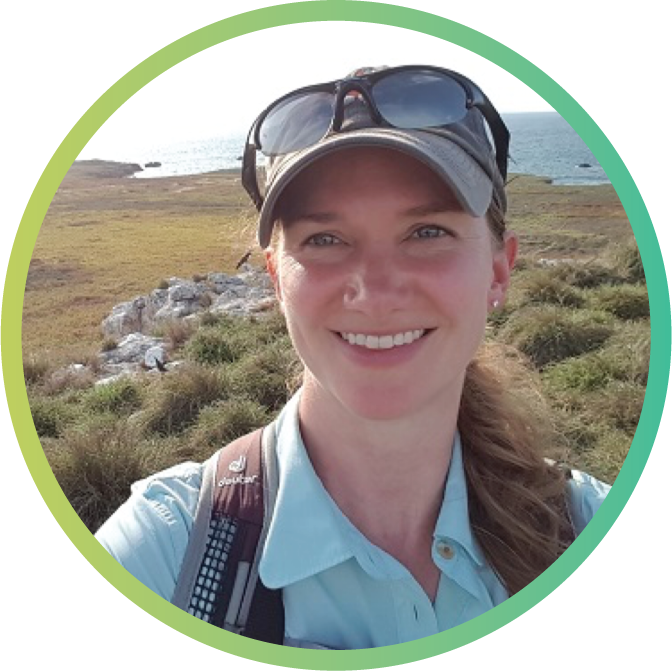
Inger Greve Alsos — Arctic University of Norway
Prof. Alsos uses ancient sedimentary DNA to study climate and human impact on past ecosystem diversity, species persistence, and ecosystem build-up in arctic and alpine regions. She has also assembled large-scale genome-skims of vascular plants which greatly improves species identification in eDNA studies. Her research group is currently moving towards full-ecosystems reconstruction providing new data on the past diversity of a range of organisms in terrestrial and marine environments.

Susana Coelho — Max Planck Institute for Biology Tübingen, Germany
Dr. Coelho uses a combination of genetic, genomic and molecular evolution approaches to understand how sexual development and sex determining systems are regulated in the brown algae and how these processes interact at the functional and evolutionary level. Research in her group is also focused on the evolution of development and multicellularity across eukaryotes.

Joanito Liberti — University of Geneva, Switzerland
Dr. Liberti studies the interactions between symbiotic microorganisms and the neurophysiology and behaviour of their animal hosts. Using a combination of behavioural tracking, microscopy techniques, and omics approaches, his group aims to infer causality in microbiota-host interactions and to determine the underlying molecular mechanisms, with a focus on the gut microbiota of social insects.

Andreanna Welch — Durham University, United Kingdom
Dr. Welch uses genomic approaches to investigate key questions at the intersection of ecology, evolution, behaviour, and conservation. Projects range from phylogenomics, investigation of responses to environmental change, and ecosystem service provision by biodiversity. Her group has broad taxonomic interests, including insects, plants, birds, and mammals.

Catherine Peichel — University of Bern, Switzerland
Prof. Peichel is interested in understanding both the proximate genetic mechanisms and ultimate ecological causes of evolutionary processes, such as adaptation to divergent environments, the formation of new species, and the evolution of sex chromosomes, with a particular focus on stickleback fish.
